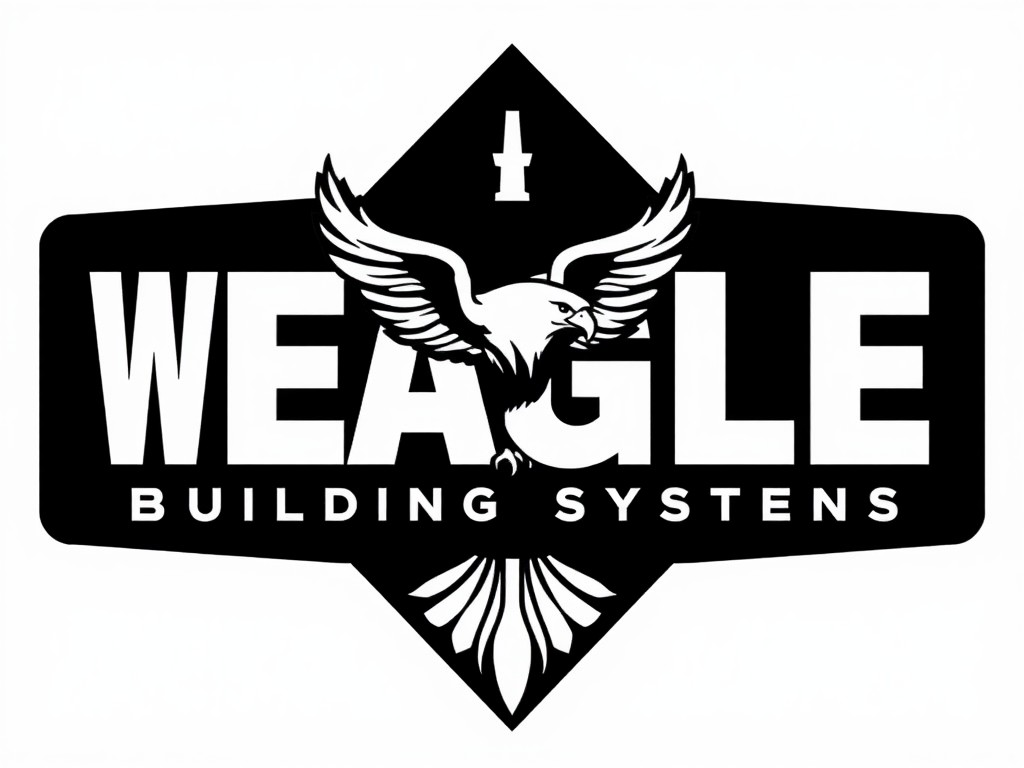Ultimate Guide to Installing Lowering Springs on Your Mercedes-Benz GLC for Enhanced Stance and Performance
Why Lower Your Mercedes-Benz GLC?
When you own a Mercedes-Benz GLC, whether it’s the sleek GLC Coupe or the versatile GLC SUV, you’re already driving a vehicle that embodies luxury, comfort, and performance. However, for many car enthusiasts, the standard ride height can leave something to be desired, especially if you’re looking to enhance the aesthetic and handling of your vehicle. This is where lowering springs come into play.
Lowering your Mercedes-Benz GLC can significantly improve its stance, making it look more aggressive and sporty. But it’s not just about aesthetics; it can also enhance the overall driving experience by reducing the center of gravity, which can lead to better handling and stability, particularly at high speeds.
Additional reading : Ultimate Guide to Waterproofing Jeep Wrangler Electronics for Thrilling Off-Road Adventures
Understanding Your Mercedes-Benz GLC’s Suspension
Before diving into the installation process, it’s crucial to understand the suspension system of your Mercedes-Benz GLC. The GLC comes with various suspension options, including the standard steel spring suspension and the more advanced AIR BODY CONTROL air suspension.
Standard Steel Spring Suspension
The standard suspension is designed for comfort and everyday driving. However, if you opt for the AMG Line or the high-performance AMG models, you might find that the suspension is slightly stiffer, which can be a good starting point for lowering springs.
In parallel : Ultimate Guide: How to Safeguard Your Volvo XC60”s Paint from Winter Salt and Grime
AIR BODY CONTROL Air Suspension
The AIR BODY CONTROL system offers a more dynamic and adjustable ride. While it provides excellent comfort and can be adjusted to different modes (Comfort, Sport, etc.), it might be more complex to work with when installing lowering springs. It’s essential to consult with a professional if you have this system.
Choosing the Right Lowering Springs
Selecting the right lowering springs for your Mercedes-Benz GLC is critical to ensure both performance and safety.
Factors to Consider
- Drop Height: Decide how much you want to lower your GLC. A typical drop range is between 1 to 2 inches, depending on your preferences and the type of springs.
- Spring Rate: The spring rate affects how stiff or soft the ride will be. Higher spring rates are better for performance but may compromise comfort.
- Compatibility: Ensure the springs are specifically designed for your GLC model, whether it’s the GLC 300 or an AMG variant.
- Brand and Quality: Choose reputable brands known for their quality and durability.
Here is a detailed list of factors to consider:
- Drop Height:
- 1 inch for a subtle drop
- 1.5 inches for a balanced look and performance
- 2 inches for a more aggressive stance
- Spring Rate:
- Softer springs for comfort-oriented driving
- Stiffer springs for high-performance driving
- Compatibility:
- Ensure the springs fit your specific GLC model (e.g., GLC 300, AMG GLC 63)
- Check if the springs are compatible with your suspension type (standard or AIR BODY CONTROL)
- Brand and Quality:
- Look for brands with good reviews and a history of producing high-quality lowering springs
- Consider the material and construction of the springs
Installation Process
Installing lowering springs on your Mercedes-Benz GLC is a significant undertaking and is best done by a professional mechanic. However, if you’re an experienced DIY enthusiast, here’s a general overview of the steps involved.
Preparation
- Gather Tools and Materials: Ensure you have all the necessary tools, including a lift, jack stands, and a set of wrenches.
- Consult the Manual: Refer to your vehicle’s repair manual for specific instructions and precautions.
- Remove the Wheels: Take off the wheels to access the suspension components.
Removing the Old Springs
- Support the Vehicle: Use a lift or jack stands to support the vehicle, ensuring the suspension is unloaded.
- Disconnect the Shock Absorbers: Remove the shock absorbers from the springs.
- Remove the Old Springs: Carefully remove the old springs, taking note of any additional components like spacers or bushings.
Installing the New Springs
- Install the New Springs: Place the new lowering springs in the correct position, ensuring they are properly seated.
- Reconnect the Shock Absorbers: Reattach the shock absorbers to the new springs.
- Reinstall the Wheels: Put the wheels back on and lower the vehicle to the ground.
Here is a step-by-step guide in a table format:
| Step | Description |
|---|---|
| Gather Tools and Materials | Ensure all necessary tools and materials are available. |
| Consult the Manual | Refer to the vehicle’s repair manual for specific instructions. |
| Remove the Wheels | Take off the wheels to access the suspension components. |
| Support the Vehicle | Use a lift or jack stands to support the vehicle. |
| Disconnect the Shock Absorbers | Remove the shock absorbers from the springs. |
| Remove the Old Springs | Carefully remove the old springs, noting any additional components. |
| Install the New Springs | Place the new lowering springs in the correct position. |
| Reconnect the Shock Absorbers | Reattach the shock absorbers to the new springs. |
| Reinstall the Wheels | Put the wheels back on and lower the vehicle to the ground. |
Post-Installation Adjustments and Checks
After installing the lowering springs, there are several adjustments and checks you need to perform to ensure everything is in order.
Alignment Check
- Wheel Alignment: Lowering your vehicle can affect the wheel alignment. It’s crucial to get a professional wheel alignment done to avoid uneven tire wear and other issues.
Ride Height Adjustment
- AIR BODY CONTROL: If you have the AIR BODY CONTROL system, you may need to adjust the ride height settings to accommodate the new springs.
Driving Experience
- Test Drive: Take your vehicle for a test drive to ensure there are no unusual noises or vibrations. Pay attention to how the vehicle handles and make any necessary adjustments.
Here’s what a user had to say about their experience:
“Lowering my Mercedes-Benz GLC 300 with AMG Line package completely transformed the driving experience. The car looks more aggressive, and the handling is much better, especially on twisty roads. However, I did notice a slight decrease in comfort, which was expected. Overall, it was worth it for the performance and aesthetic gains.”
Practical Insights and Actionable Advice
Maintenance and Upkeep
- Regular Checks: Regularly check the condition of the lowering springs and other suspension components to ensure they are in good condition.
- Tire Wear: Keep an eye on tire wear, as lowering your vehicle can affect the tire’s contact patch with the road.
Legal Considerations
- Local Regulations: Check local regulations regarding vehicle modifications. Some areas may have specific rules about how low a vehicle can be.
Cost and Value
- Cost vs. Benefit: Weigh the cost of the lowering springs against the benefits. While it can enhance performance and aesthetics, it may also affect comfort and increase maintenance costs.
Here is a detailed list of practical insights:
- Maintenance and Upkeep:
- Regularly inspect the lowering springs for signs of wear
- Check the shock absorbers and other suspension components
- Ensure proper tire pressure to avoid uneven tire wear
- Tire Wear:
- Monitor tire wear patterns
- Rotate tires regularly
- Legal Considerations:
- Research local laws and regulations regarding vehicle modifications
- Ensure your vehicle complies with all safety standards
- Cost and Value:
- Consider the initial cost of the lowering springs
- Factor in potential long-term maintenance costs
- Weigh the benefits against the costs
Installing lowering springs on your Mercedes-Benz GLC can be a rewarding modification that enhances both the stance and performance of your vehicle. However, it’s crucial to approach this project with careful planning, the right tools, and possibly professional help.
By understanding your vehicle’s suspension, choosing the right lowering springs, and following a meticulous installation process, you can achieve a high-performance driving experience that matches the luxury and comfort that Mercedes-Benz is known for.
Remember, it’s not just about how your car looks; it’s also about how it performs. With the right modifications, your Mercedes-Benz GLC can become an even more enjoyable and capable vehicle on the road.
References
[2] https://www.mbofmemphis.com/inventory/new-2024-mercedes-benz-glc-glc-300-awd-4matic%C2%AE-suv-w1nkm4hbxrf222915/
[3] https://www.mbsugarland.com/inventory/new-2025-mercedes-benz-glc-glc-300-rear-wheel-drive-suv-w1nkm4gb9sf269148/
Note: The references provided were used to gather general information about the Mercedes-Benz GLC models but were not directly quoted in the article.











